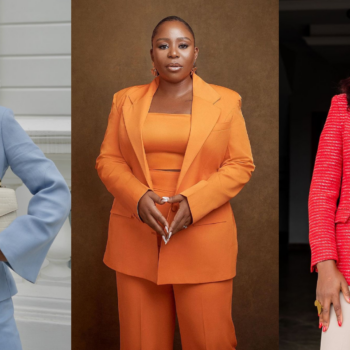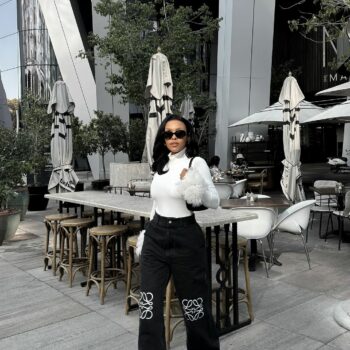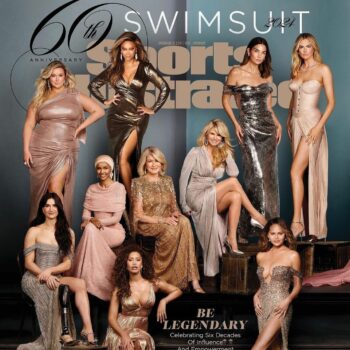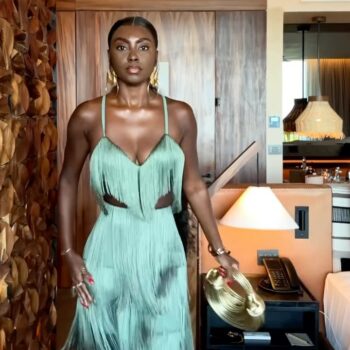From the international music industry where Afrobeat musicians like Davido and Wizkid have attained global megastardom to the international fashion industry which is populated by the likes of Ghanaian-Nigerian Edward Enninful leading British Vogue and Virgil Abloh, also a Ghanaian-American, taking charge and dominating the international runways with Louis Vuitton’s Men’s FW 2019, it looks like African pop cultural hype has reached an all time high and our creatives are finally being welcomed into the international space.
For Man Repeller, journalist and writer Natasha Nyanin explores how what makes contemporary African fashion authentically African and attempts to unravel what the defining characteristics in African fashion that truly makes it African.
The journalist however understands and admits the reality of African fashion and it’s polylithic nature.
Perhaps any attempt to unravel the double helix and decode the DNA of “African” fashion is an experiment in futility when operating from such a narrow lens as a visit to only one of the continent’s 54 countries. Africa is not a monolith and neither is its fashion. Anything that is borne of Africa’s bounty is as much a function of disparate national identities as it is one continental cohesion.
She also speaks up on her experience growing up in Ghana and the culture of making clothes through a tailor or seamstress,a culture she believes is likely mirrored throughout the continent.
Growing up, I was accustomed to buying clothes “off the rack” only when I traveled abroad, and having my clothes in Ghana made by a seamstress. Almost everyone in Ghana has a seamstress, and this is true across not all but a breadth of socioeconomic milieus. In current times however, Ready-to-Wear brands, several of which illustrate this story, have cropped up across the continent, leading to the advent of western-inspired fashion weeks, e-commerce platforms, concept stores like Untamed Empire and Viva Boutique and even influencer marketing: In short, the makings of a fashion industry, though plagued with structural issues as to be expected of any entity thusly nascent, that in many ways resembles that of the West.
She explores the different fabrics and textiles available in the industry from the iconic Ankara print which is inexorably linked to African fashion and explains the futility in defining something as complex and layered as African fashion.
Read the full article here.




